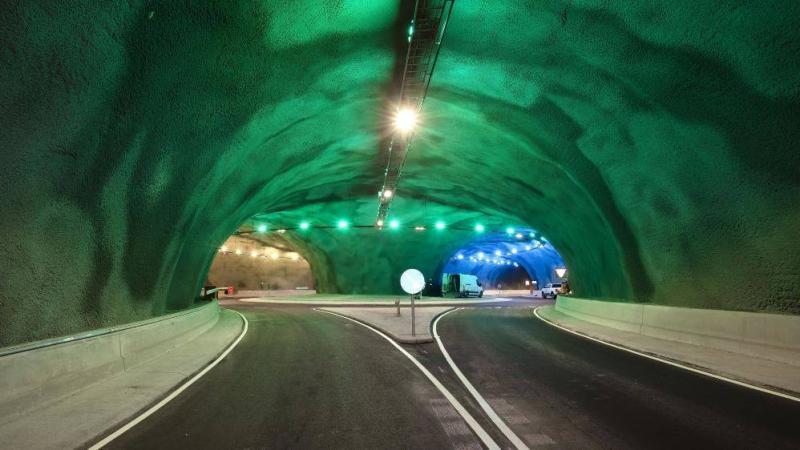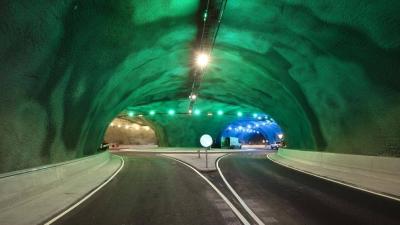After 30 years of French and English workers digging the last point of an underwater tunnel, marking the first meeting point of what is now known as the Channel Tunnel connecting France and Britain, a similar idea may be revisited today to connect Africa and Europe. By 2030, it may be possible to travel from Europe to Africa via high-speed rail between Morocco and Spain, according to a report from Forbes magazine.
The idea has been proposed for years but gained momentum recently in Spain after the country, along with Morocco and Portugal, won the bid to host the 2030 World Cup. The remarkable proposal, according to the magazine, is to connect Spain's high-speed rail network with Morocco's Al Boraq train, which travels at a speed of 200 miles per hour and was launched in 2018.
The journey could transport tourists from the Spanish capital, Madrid, south to Algeciras, passing under the Strait of Gibraltar, before continuing through Tangier and Rabat, ultimately reaching Casablanca. The idea was first introduced in the 1970s, seriously revisited in the 1980s but then officially collapsed due to the financial crisis.
The concept was brought back to life through a study conducted by the Spanish government in 2023, funded by a portion of European funding. It was one of the topics discussed during a high-level meeting between the governments of Morocco and Spain last year in Rabat, as part of their commitment to strengthen their partnership.
The line is expected to cost about $6.5 billion, but the project faces a major technical challenge as the Strait of Gibraltar is located on the boundary between the European and African tectonic plates, an area of complex geology punctuated by unstable clay sections and turbulent sea currents.
However, if the project is completed, it could be profitable since Morocco is among the most visited countries by Europeans, due to its proximity to European shores, according to the report. Reports suggest that 12.8 million passengers could use this train route each year, and trade in goods between Africa and Europe could increase by up to 13 million tons.
Additionally, this African-European underwater railway route would allow sports enthusiasts to travel to the FIFA World Cup 2030 using the train between the three host countries: Portugal, Spain, and Morocco, in a faster and more environmentally friendly way.
The magazine notes that critics of the project argue that the Channel Tunnel has not helped bridge the gap between the EU and the UK after 30 years of operation, citing Britain's exit from the EU. Nevertheless, the project has brought millions of tourists, and the magazine concludes that the Eurotunnel currently monopolizes 25 percent of the value of goods traveling between France and England, allowing over 500 million people and more than 102 million vehicles to travel through it since its inception.




